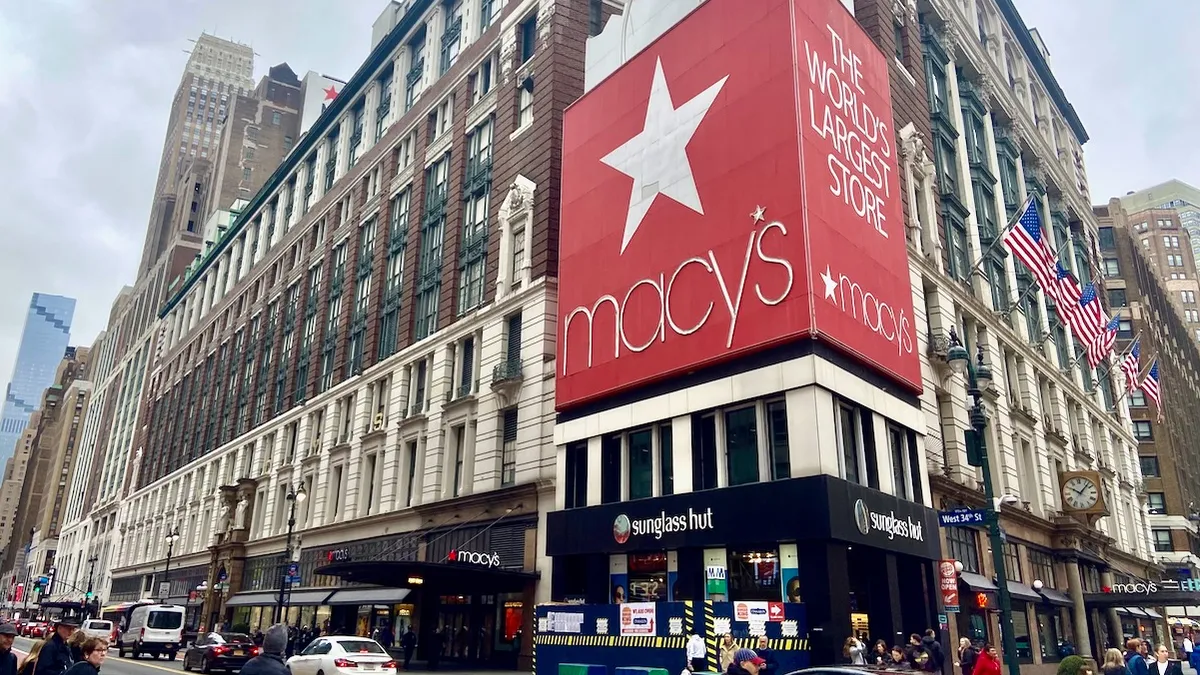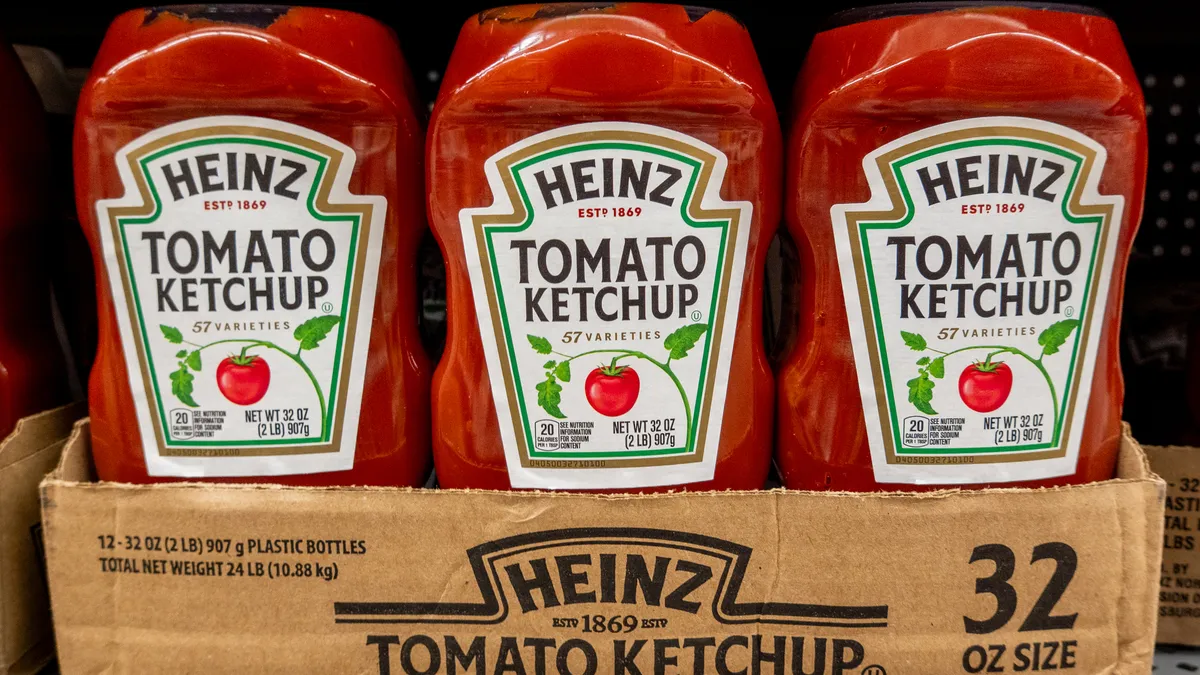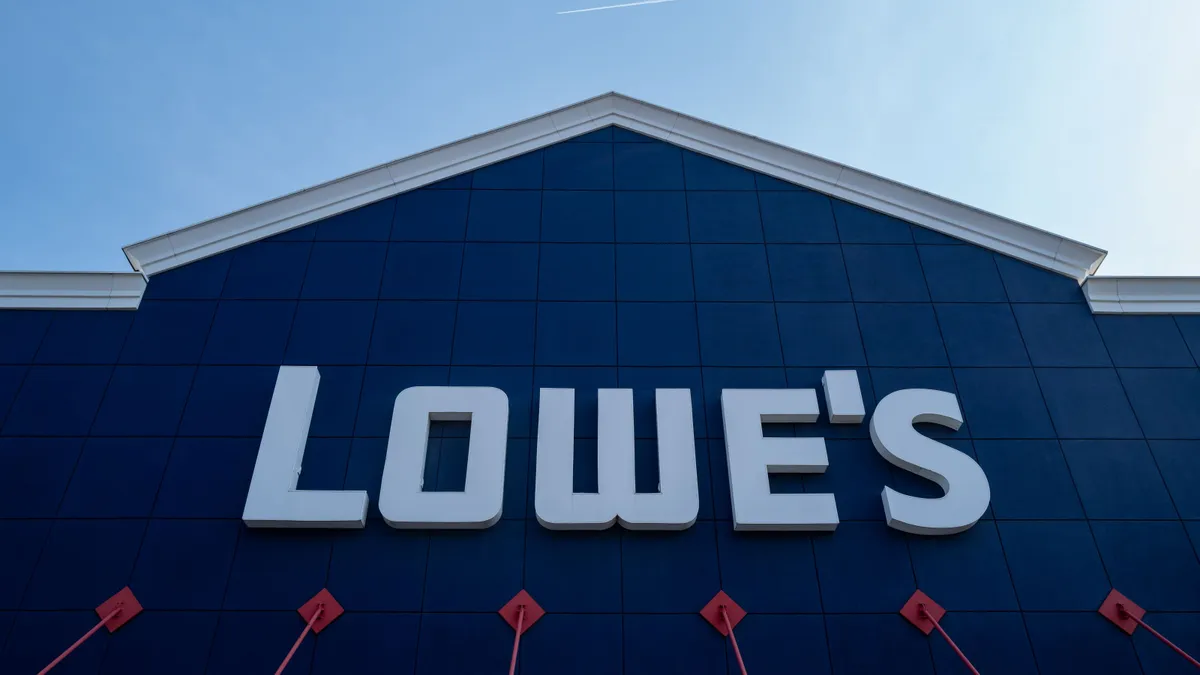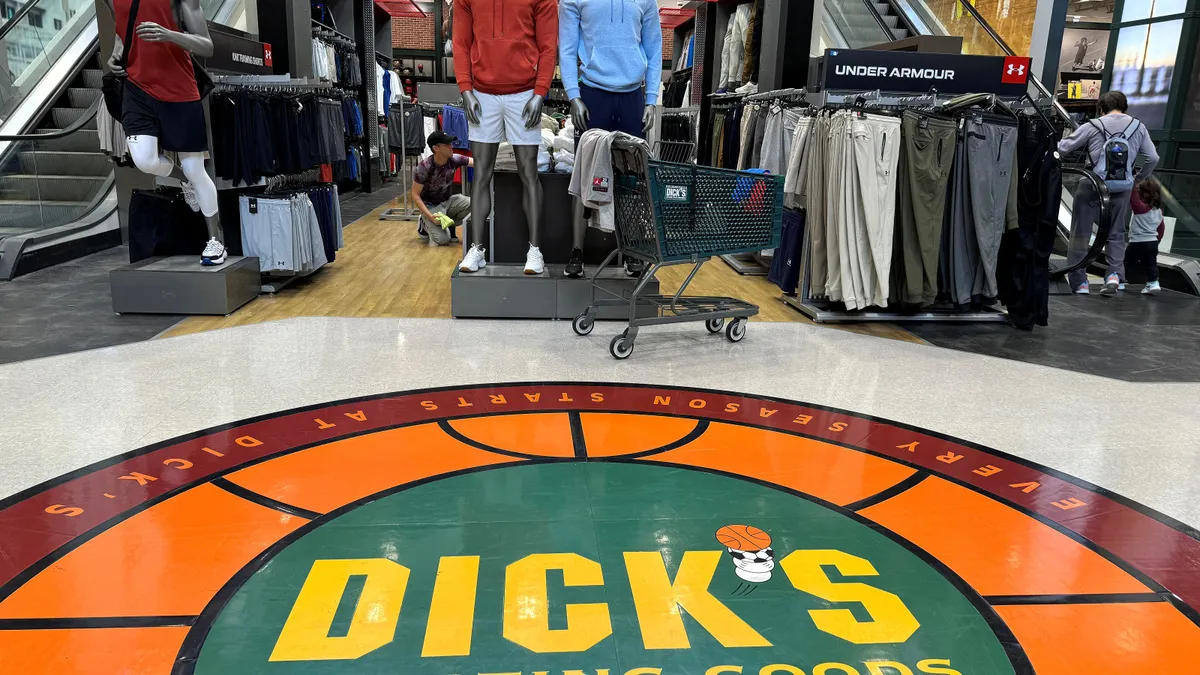This is Patent Pending. Supply chain-related patent applications are published every day and this is where we'll talk about the ones that could have the biggest impact on the supply chain and the ones that challenge the norm. We want to give you an idea of where supply chains are heading and what the industry is thinking. Read the last issue here.
Connecting the dots ... or RFID nodes
Retailers and manufacturers have found useful applications for RFID technology in their operations. But managing a large population of RFID sensors can be difficult, Zebra Technologies said in a patent published last month.
The system Zebra outlines in its patent uses multiple RFID readers (shown as detector stations in the illustration) throughout a facility that can query RFID tags. The system is set up to have the tags switch from a "first state" to a "second state" if they match a query. A change in status will help the reader determine if the tag matches the search criteria.
Readers could also perform "read cycles" in which the RFID reader queries all RFID tags within a specific range allowing the system to continuously track tags.
After a tag is read in one state it flips to another state in 0.5 seconds to 5 seconds. The switch helps free up bandwidth for other tags to be picked up by the reader in a densely tagged environment. The system can also be set up to only look at tags in motion as those are likely the tags that "have the most business relevance," the patent reads.
Read up:
Wearables team up with in-facility cameras
Wearables have been heralded as a technology that will make pickers more efficient and safer in warehouse work.
Smart glasses or wrist-worn scanners can quickly inform pickers which item to retrieve. Wearables can also be used to scan items and get information on the SKU.
But scanning may be a thing of the past.
Amazon lays out, in a patent filed this month, an environment in which cameras continually monitor inventory and warehouse employees wear a display that looks like a standard smartwatch. The combination of technologies allows the worker to pick up an item and have relevant information on that item sent to the screen on their wrist.
"For example, if the item is a book, the wearable device may present initial item information, such as the book's title, author, publication date, price to rent or purchase the book, etc." the patent reads.
The screen could provide the picker with options to interact with the information like "more information" or "pick."
The idea seems to bring the technology used in the front of the house at Amazon Go stores to the back of house operations.
Read up:
Pinpoint the right amount to markdown
Markdowns make up an important part of a retailer's inventory control scheme by getting out excess inventory.
But determining the markdown level and timing might not consider predicted inventory levels under some current systems, Walmart said in a patent application published this month.
There is a need to forecast inventory depletion and make recommendations on markdowns, the retailer said. The system would consider store-item sales history and past markdown suggestions used by pricing managers.
This would require a specific modeling technique known as Seasonal Autoregressive Integrated Moving Average that would consider seasonality in the forecast. A weekly time series forecast would be created to determine the impact on sales for each predefined markdown plan.
Read up:
Rolling to a cul-de-sac near you
Delivery robots are far from a ubiquitous part of the delivery system.
Amazon, FedEx and others have begun piloting this technology or using it on a small scale, but many robots have a single compartment for a single customer order. Amazon thinks more orders can be packed into side-walk roving robots, according to a patent application published this month.
Customers would be able to use robots to deliver orders from an e-commerce store and pick up returns, the patent says. A customer would be able to communicate with the robot using a cellphone or other computing device that would send identifying information to the autonomous courier. Once an identity is confirmed, it would open the compartment associated with that order.






















